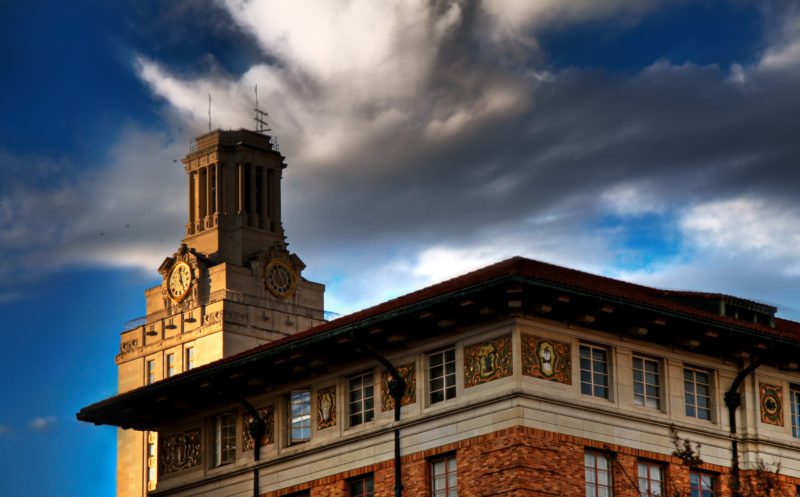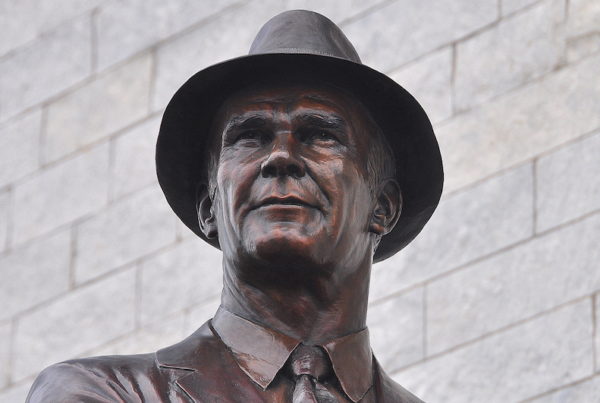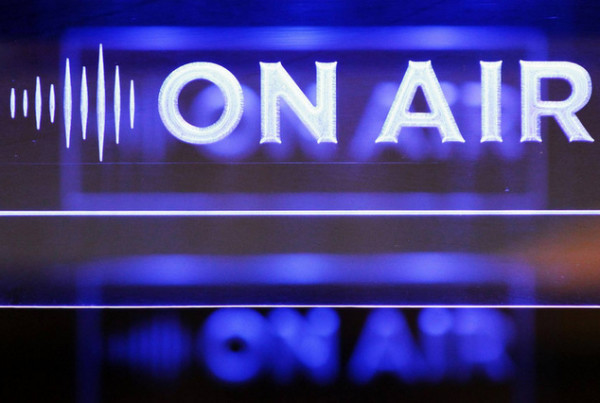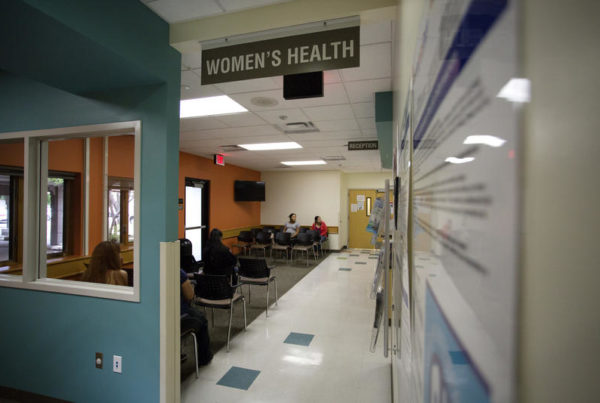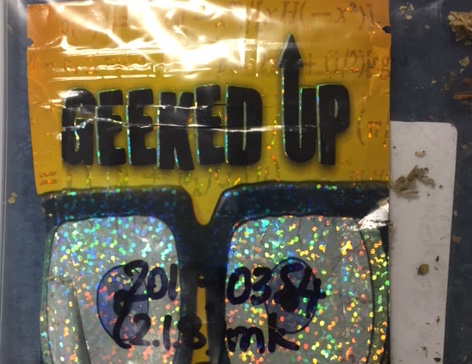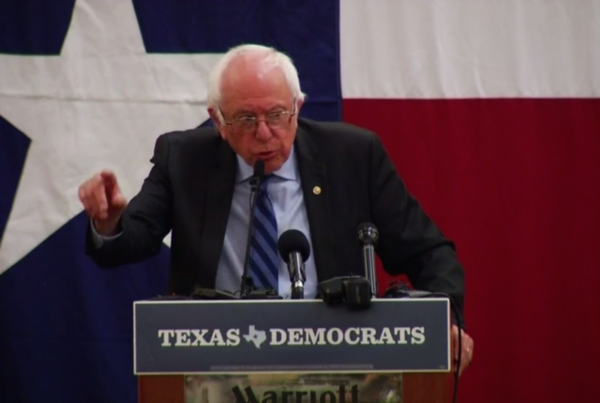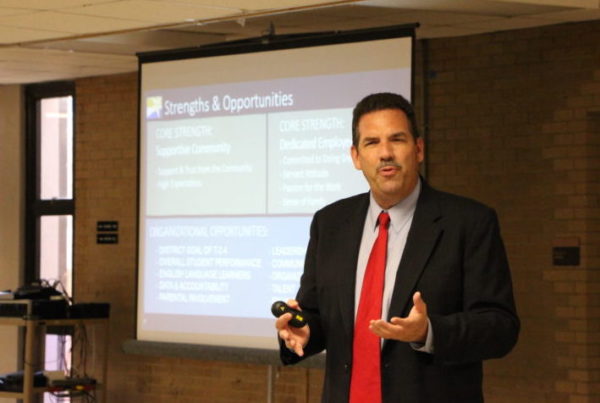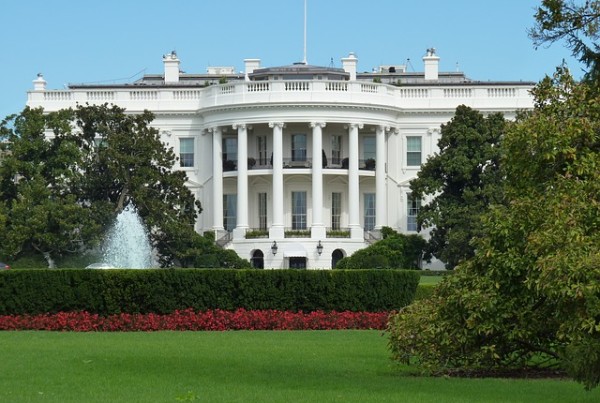“Out of the Blue: 50 Years After the UT Tower Shooting” is Texas Standard’s oral history on the anniversary of the first public mass shooting of its kind. This story is from partner organization, KERA news.
For some people, the attack on police officers by a gunman in Dallas this month brought to mind another attack by a sniper in Austin 50 years ago. That’s when another 25-year-old man, Charles Whitman, killed 16 people and wounded 32 others. For decades, people have struggled to figure out why. There have been theories about abuse, a brain tumor, and of course, insanity.
Six months before Charles Whitman stuck his rifle over the edge of the clock tower at UT Austin he visited a school psychiatrist.
While he was there, he admitted he had a violent fantasy of going to the top of the tower with a deer rifle and shooting people.
Gary Lavergne, who wrote “A Sniper in the Tower,” says the school psychiatrist, Dr. Maurice D. Heatly, claimed he’d heard violent fantasies in therapy with many students before.
“Today we take it a whole lot more seriously because of our history, but back then, that kind of thing didn’t happen,” Lavergne says.
Dr. Heatly spoke in a news conference after the shooting:
“It’s a common experience “for students who come to the mental hygiene clinic to refer to the tower as the site of some desperate action, they say ‘I feel like jumping off of the old tower.’ [Charles Whitman had] no psychosis symptoms at all! I recall him giving me the impression that he would return.”
Whitman never went back to the clinic. He would return to his violent fantasy though. Lavergne says the 25-year-old ex-marine and former Eagle Scout was incredibly methodical as he went about killing his mother, placing her body in bed as if she were sleeping, and then stabbing his wife on July 31.
“By 3 o’clock in the morning, his wife and his mother are both murdered,” says Lavergne. “After that, until he goes to the campus, he spent the rest of his time polishing, getting weapons ready, buying more ammunition. All for the specific goal of going to the top of the UT Tower and shooting people.”
It’s hard to imagine now, but this was a time when mass shootings weren’t part of American life. When people never thought twice about gathering in public or sitting in a crowded theater.
After the shooting, Texas governor John Connally could barely find words to express himself.
“Of course I am concerned,” Connally said, “disturbed, and yet somewhat at loss to know how you prevent a maniacal act of a man who obviously goes berserk.”
Maniac. Berserk. Fifty years later, when news about shootings in Dallas, in Orlando or San Bernardino hits, our reactions are much the same. We assume the shooter is insane, and that crimes like this could be avoided if so-called “crazy” people didn’t have guns.
Which raises two questions: First, was Charles Whitman mentally ill? And second, could policies focusing on mental health prevent mass shootings?


